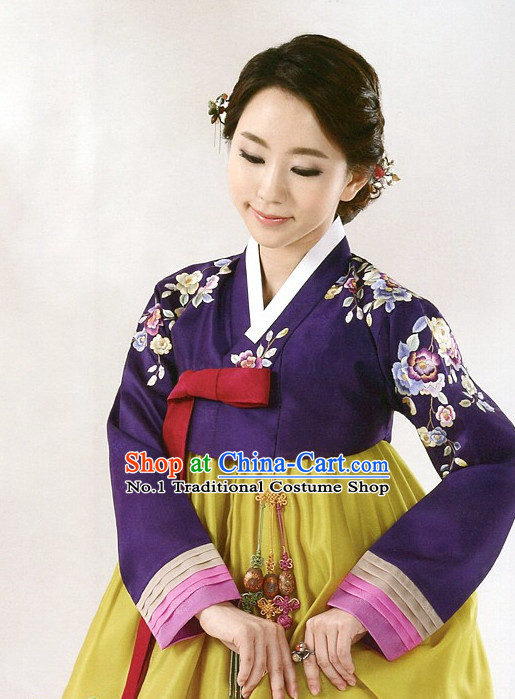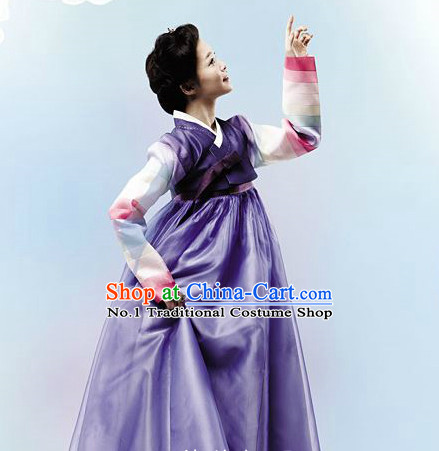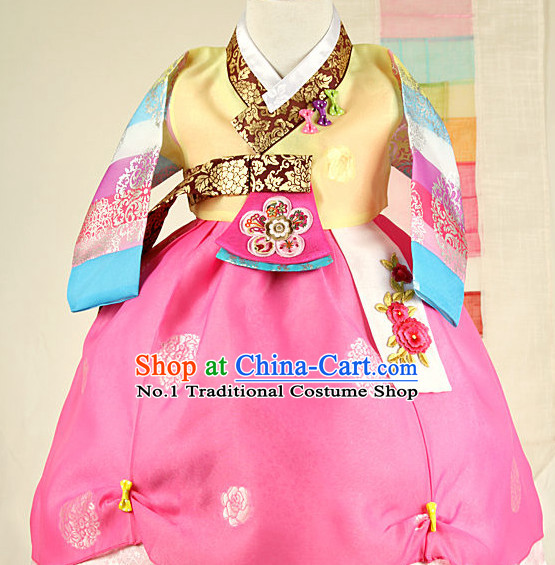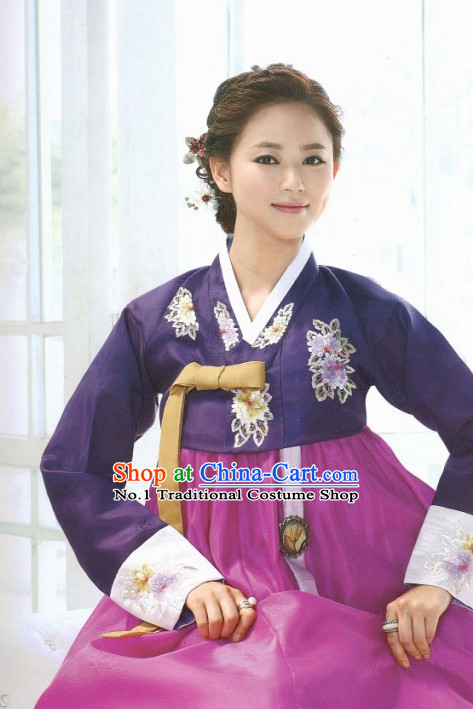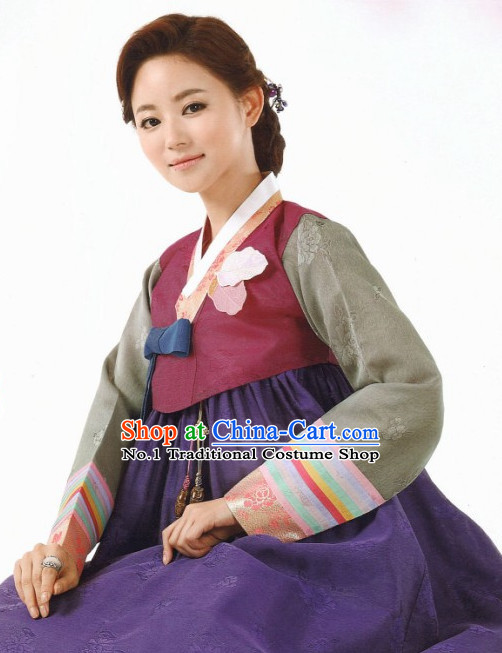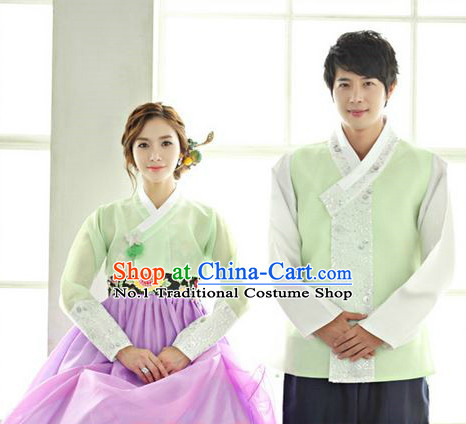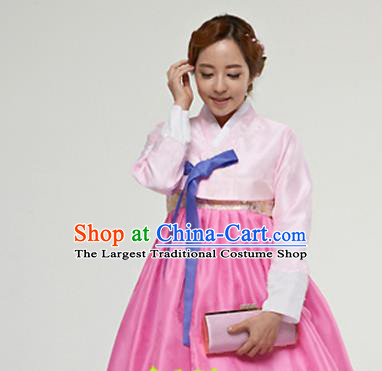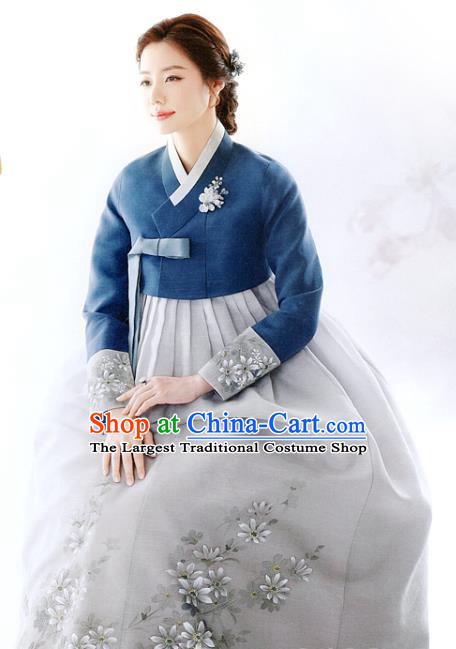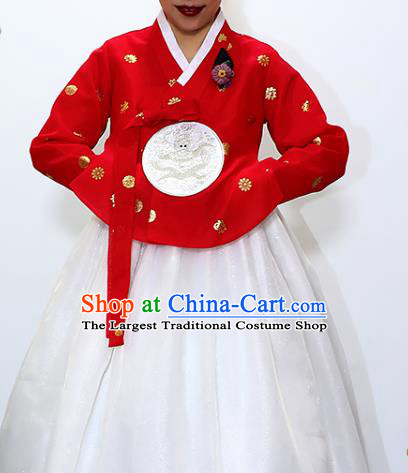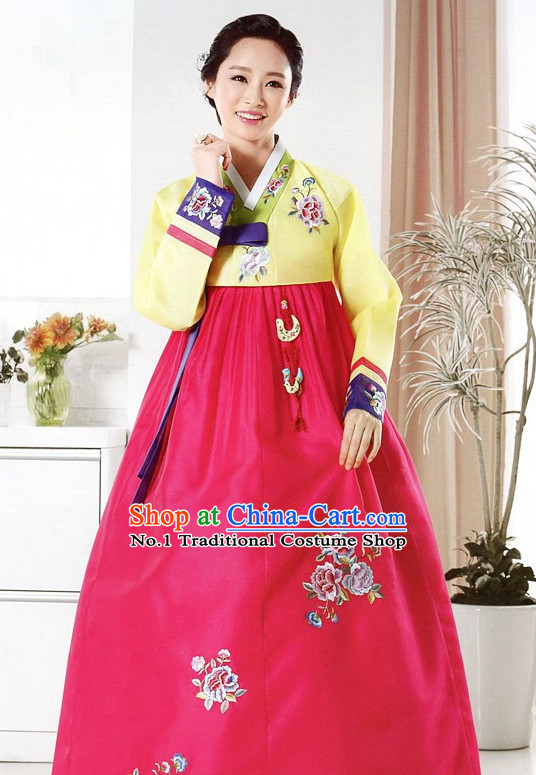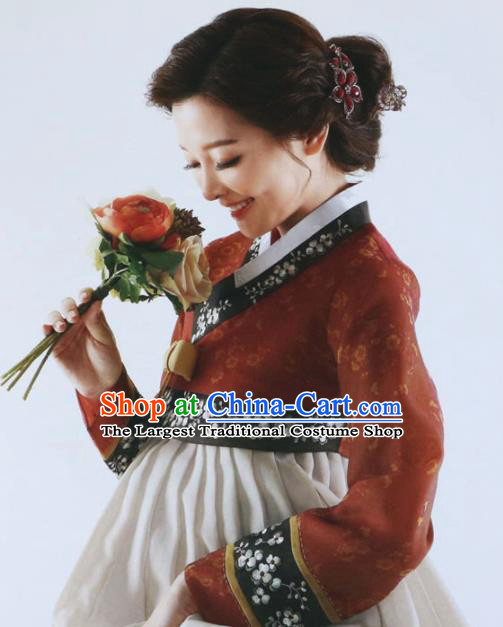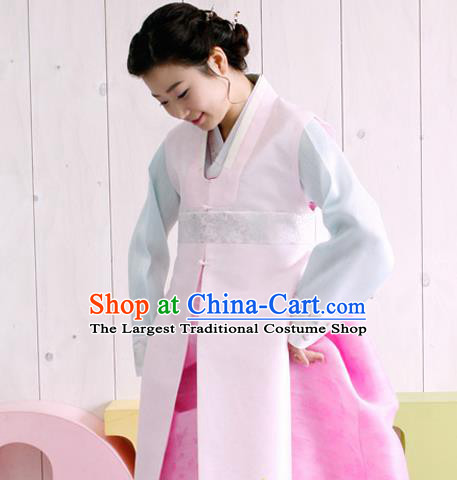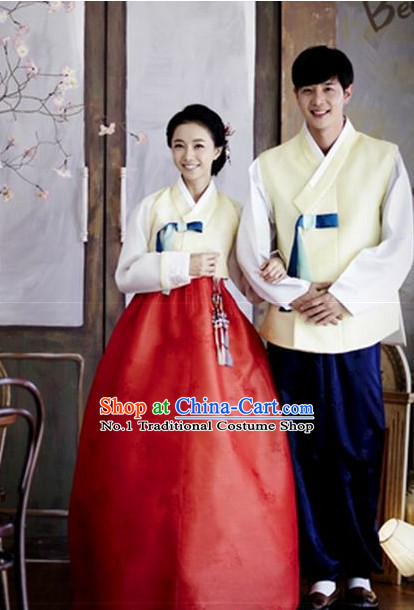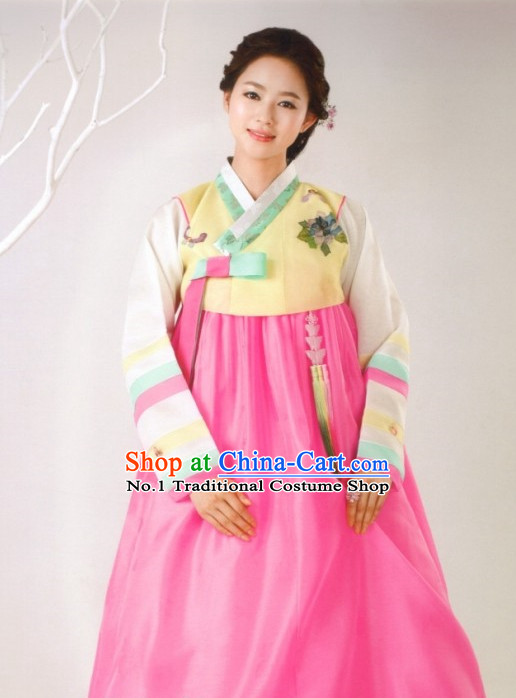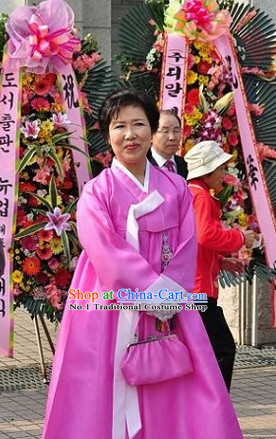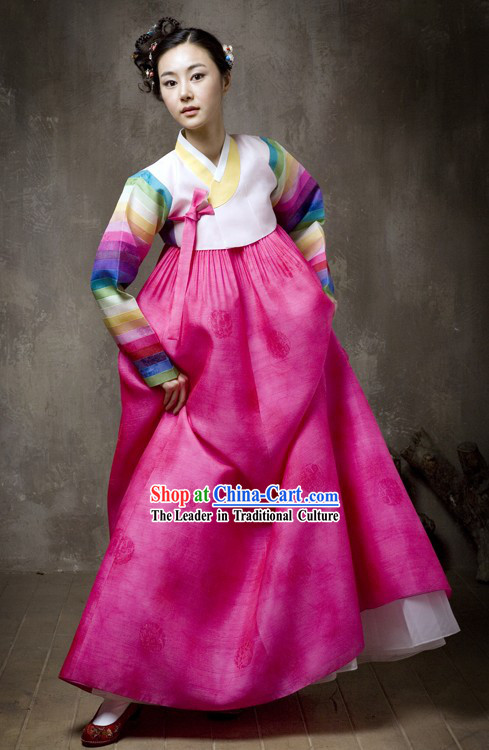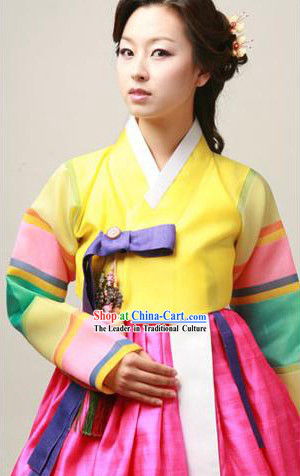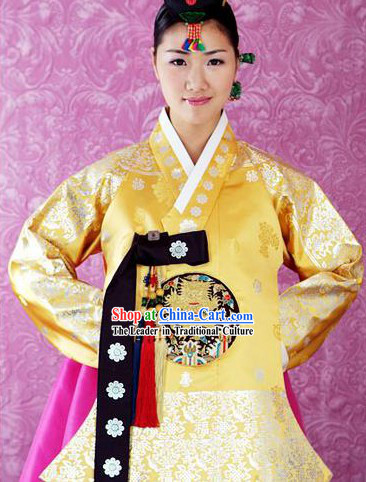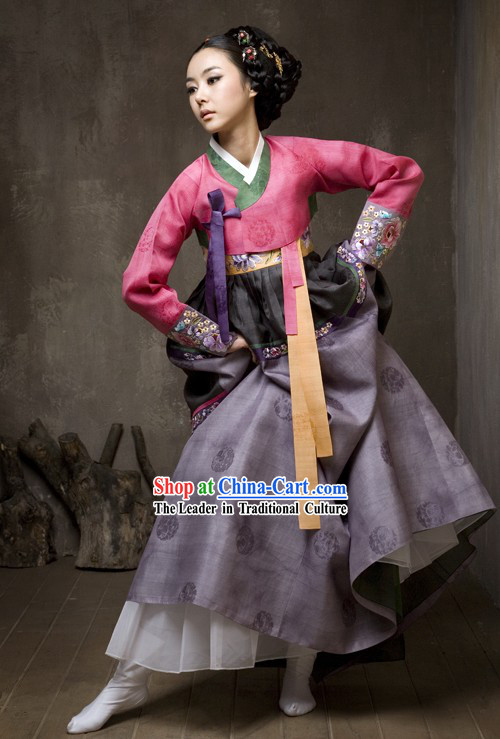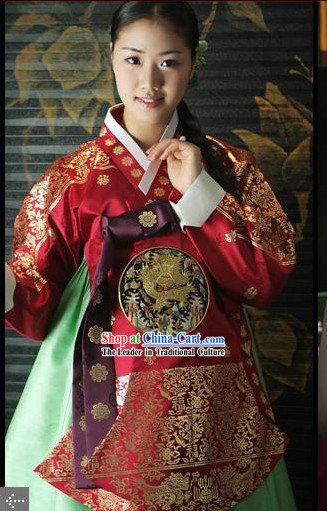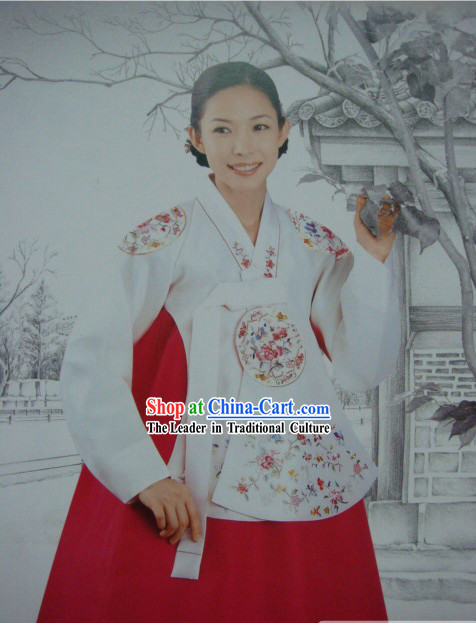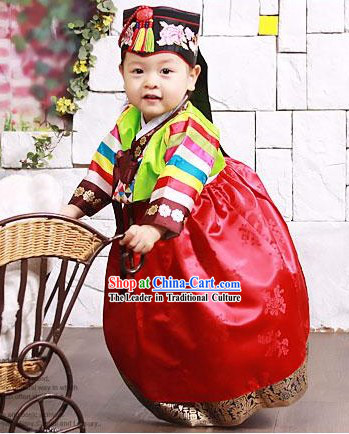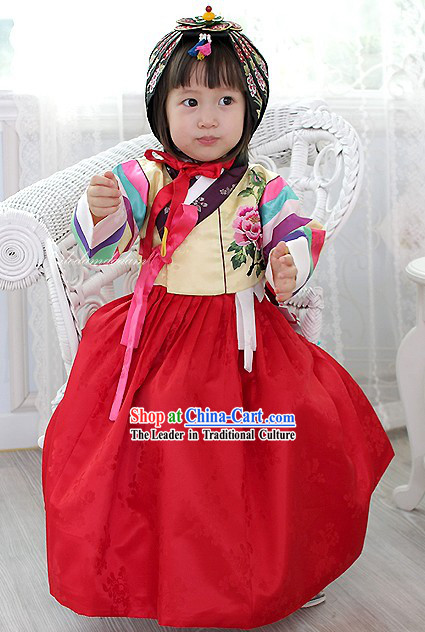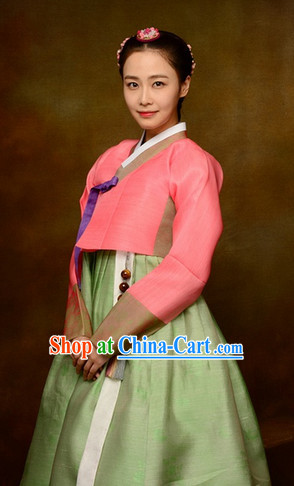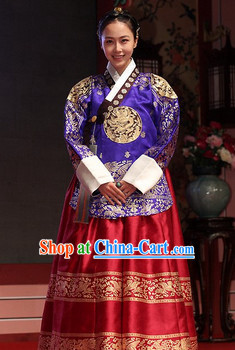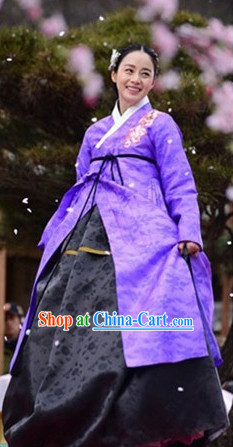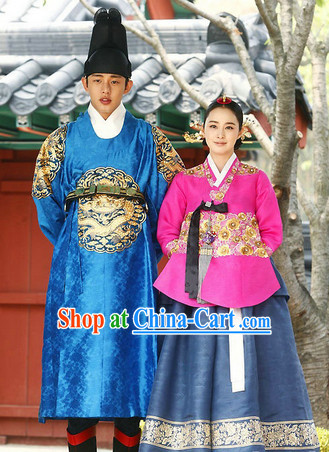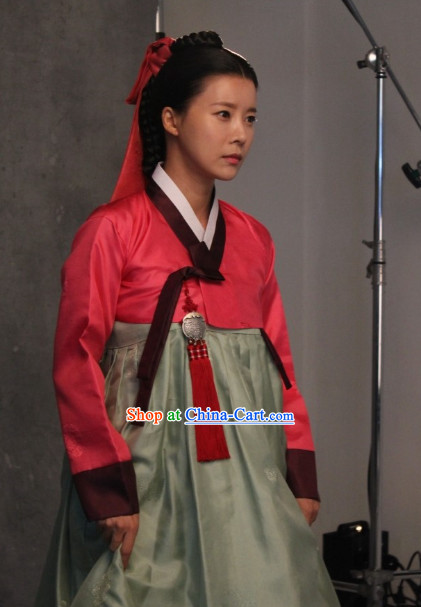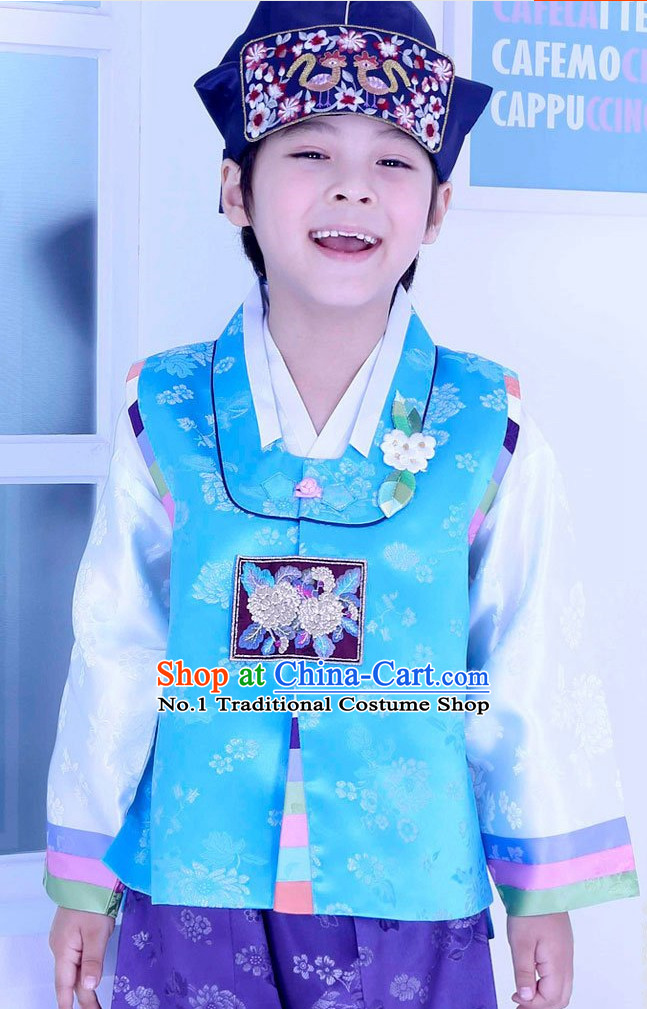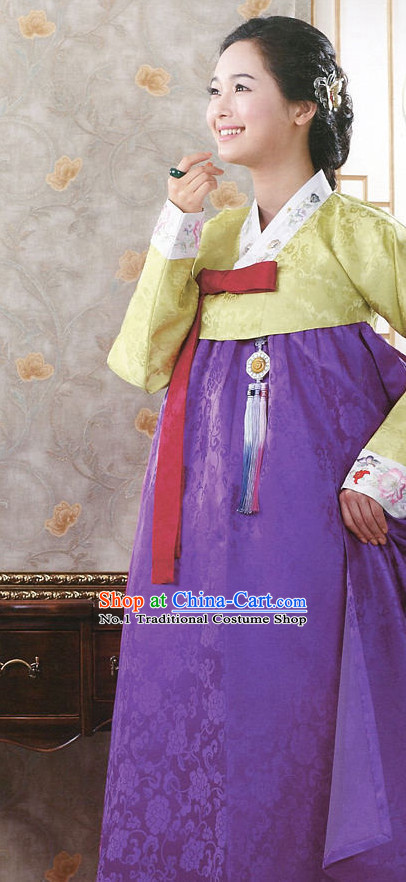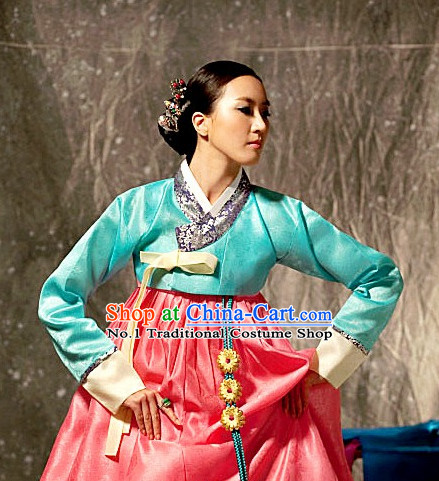
Click Related Pictures for More Audios:
"Korean traditional bride's dress, also known as Hanbok, is a clothing with historical significance and spiritual connotations in Korean culture.
It represents the traditional values, aesthetic views, and respect for family and society of the Korean people.
This Hanbok set includes multiple pieces of clothing such as the upper garment, skirt, headwear, shoes, etc.
, each of which is meticulously designed and crafted, reflecting the superb craftsmanship of Korean traditional techniques.
The design style of Hanbok is unique, with bright colors and intricate patterns.
The upper garment usually features loose sleeves and a high collar to protect the bride from cold weather.
The skirt comes in two styles: long and short.
The long skirt is usually white or pink and embroidered with exquisite patterns, while the short skirt is black or dark blue and also embroidered with patterns.
The headwear is usually made of silk and adorned with gold thread, silver thread, beads, etc.
, to add a sense of grandeur.
The shoes are brown or black cloth shoes embroidered with floral patterns.
In addition to its beauty and splendor, Hanbok also has rich symbolic meanings.
For example, the patterns on the long skirt usually represent good luck, happiness, and prosperity; the patterns on the short skirt may represent qualities such as bravery and perseverance.
Furthermore, the colors of Hanbok also have special meanings.
White symbolizes purity and flawlessness; black represents solemnity and stability; red symbolizes passion and vitality.
In conclusion, Korean traditional bride's dress Hanbok is a clothing with historical significance and spiritual connotations.
It not only showcases the aesthetic views and traditional craftsmanship of the Korean people but also contains rich symbolic meanings and cultural connotations.
For those who appreciate traditional culture, this Hanbok set is undoubtedly a precious work of art and cultural heritage."












